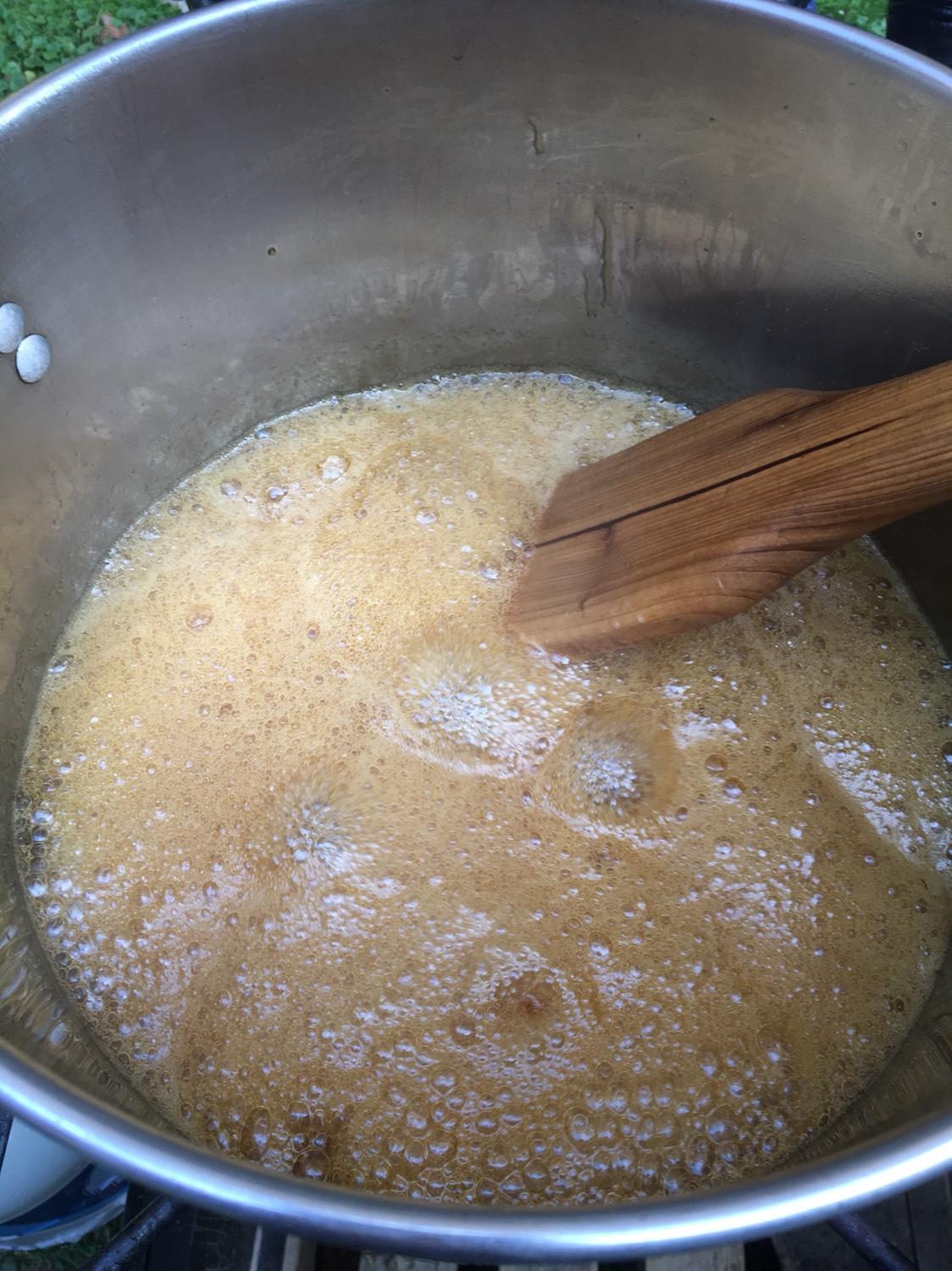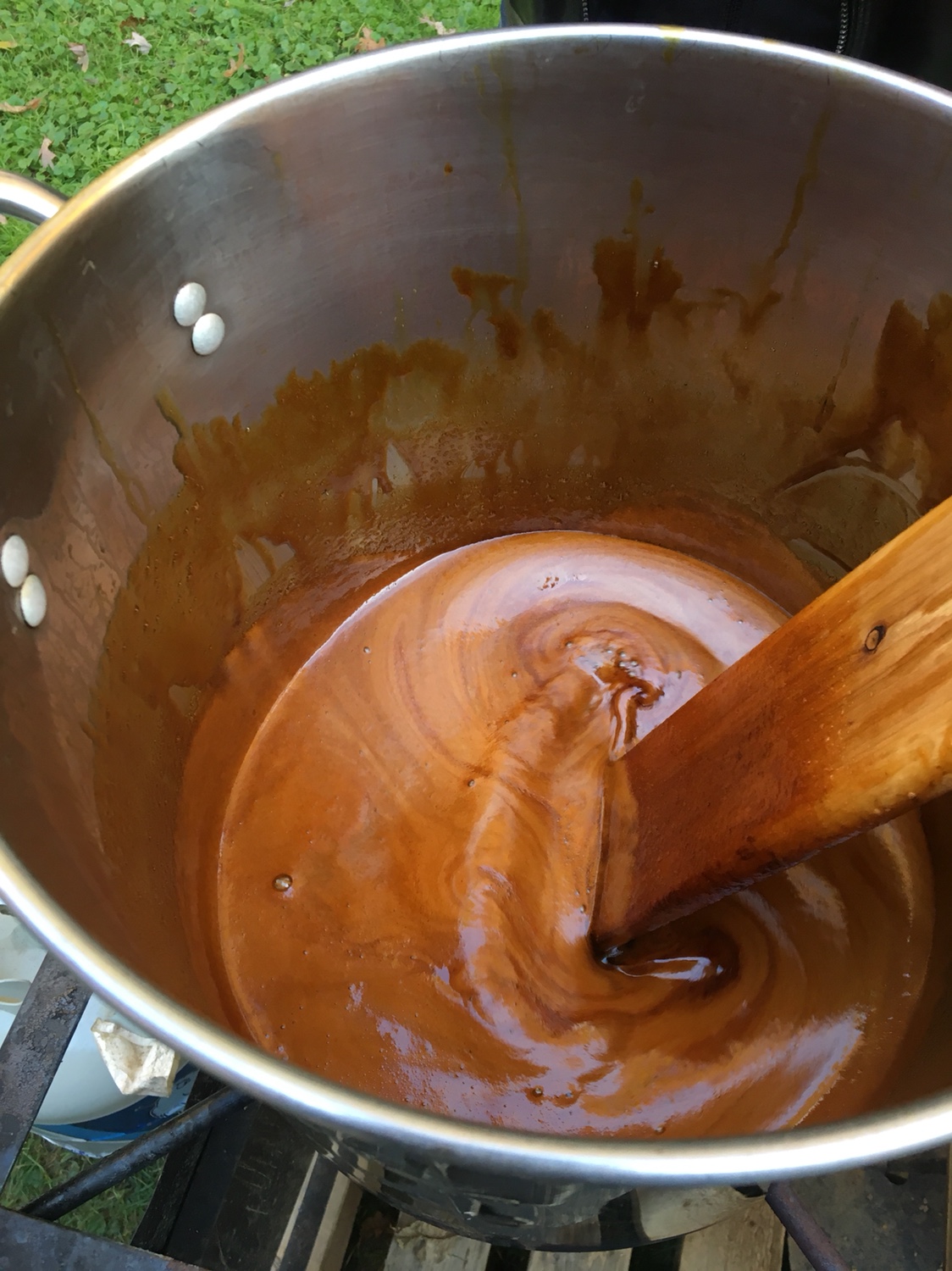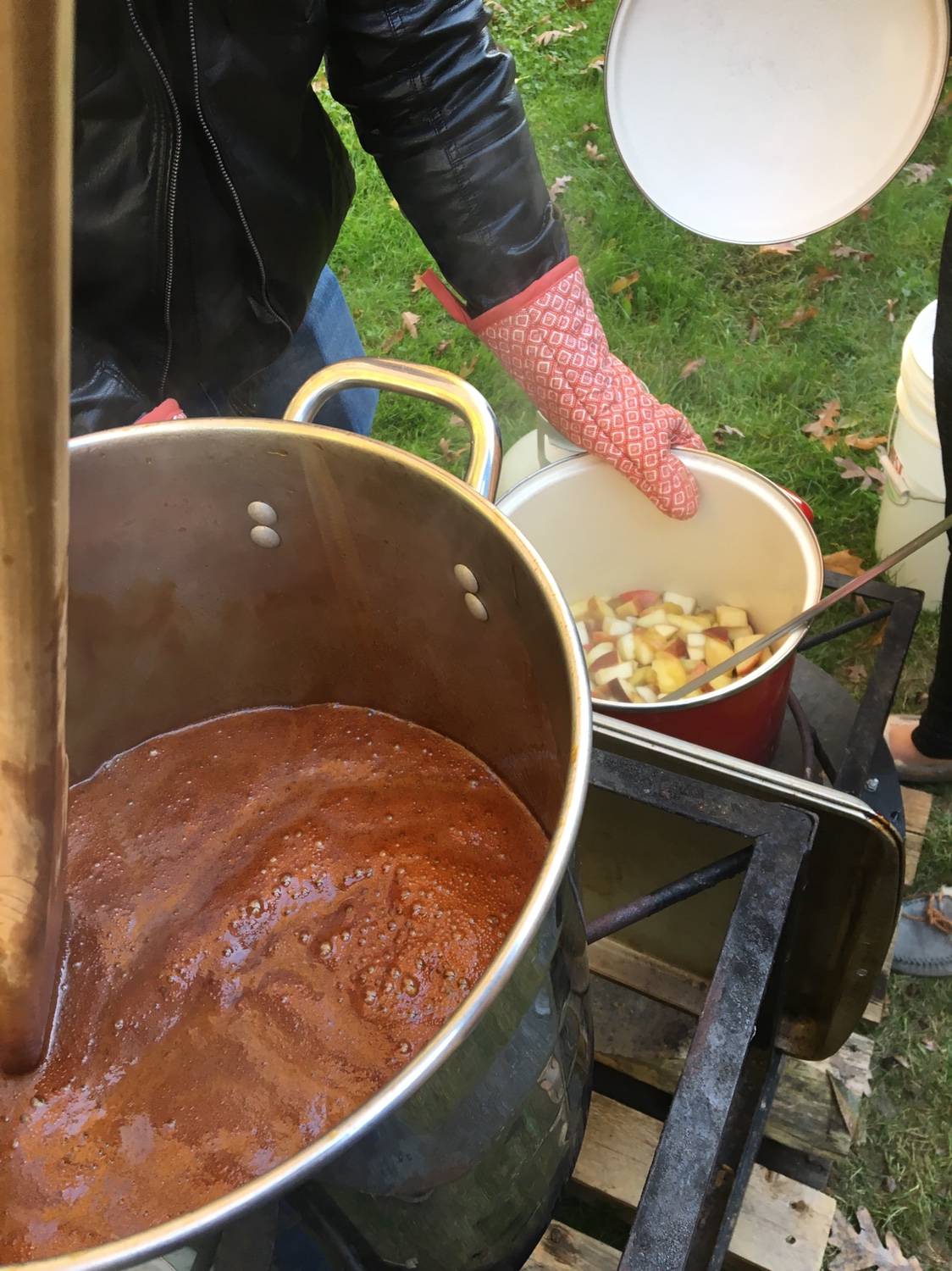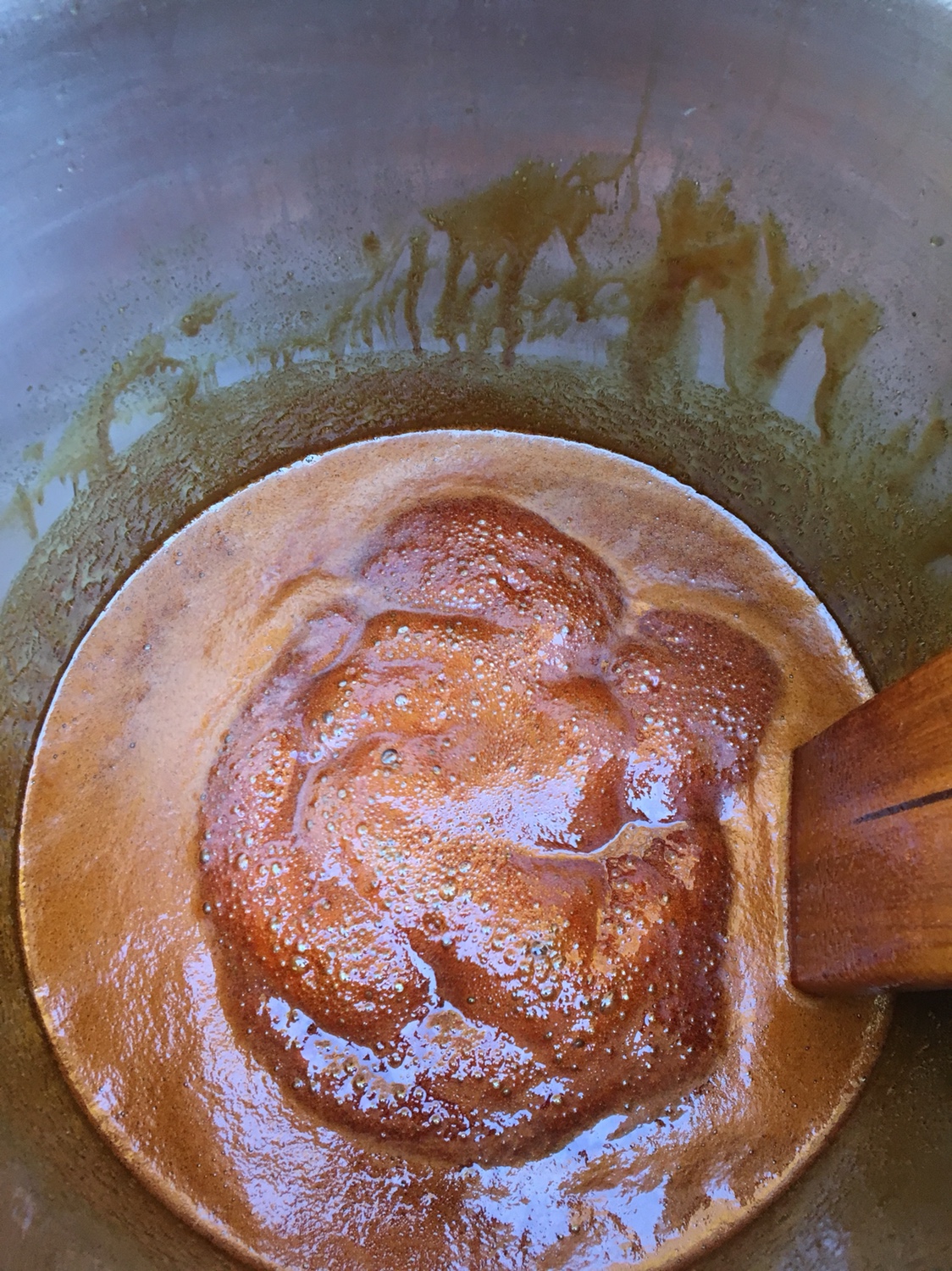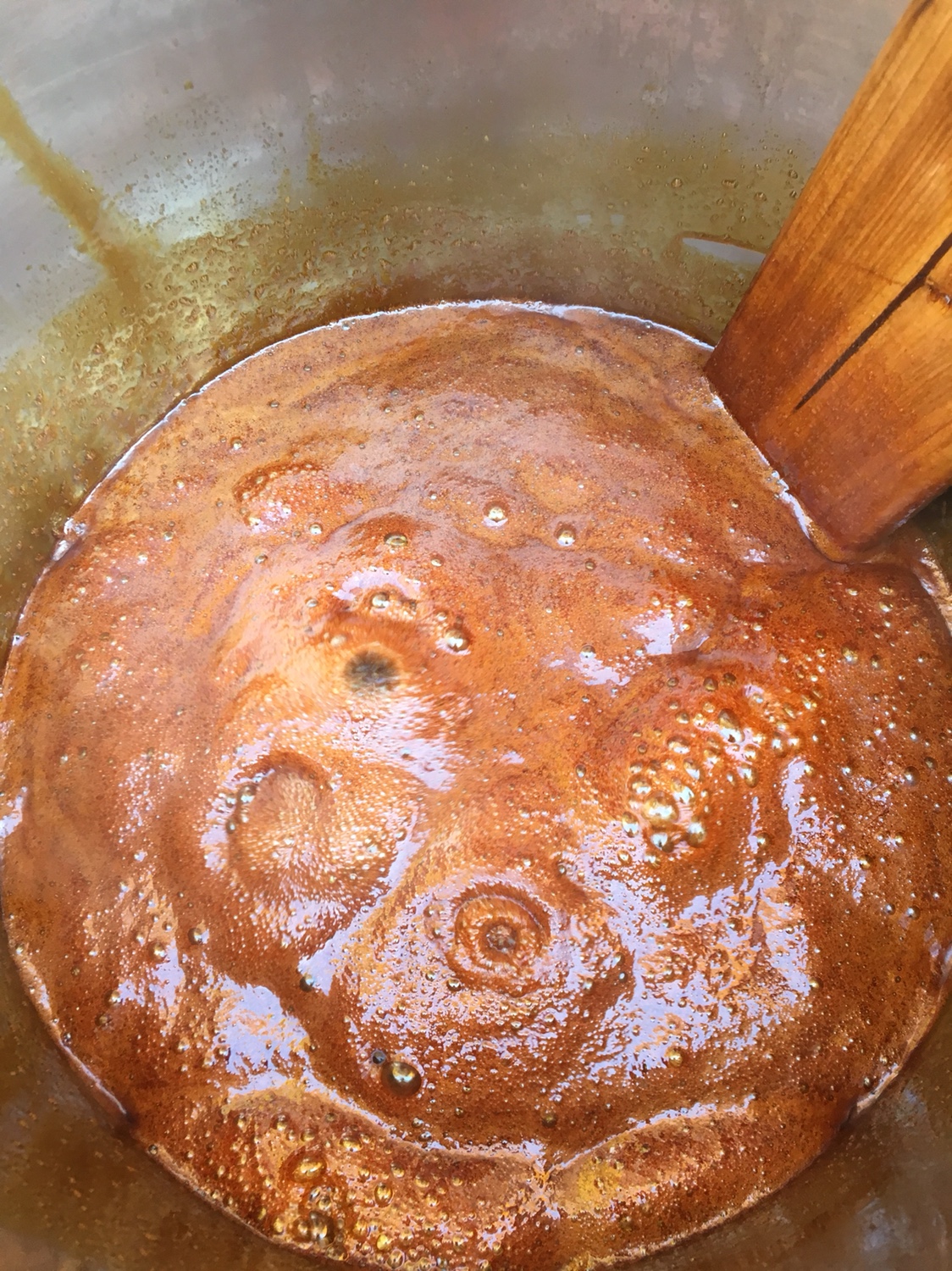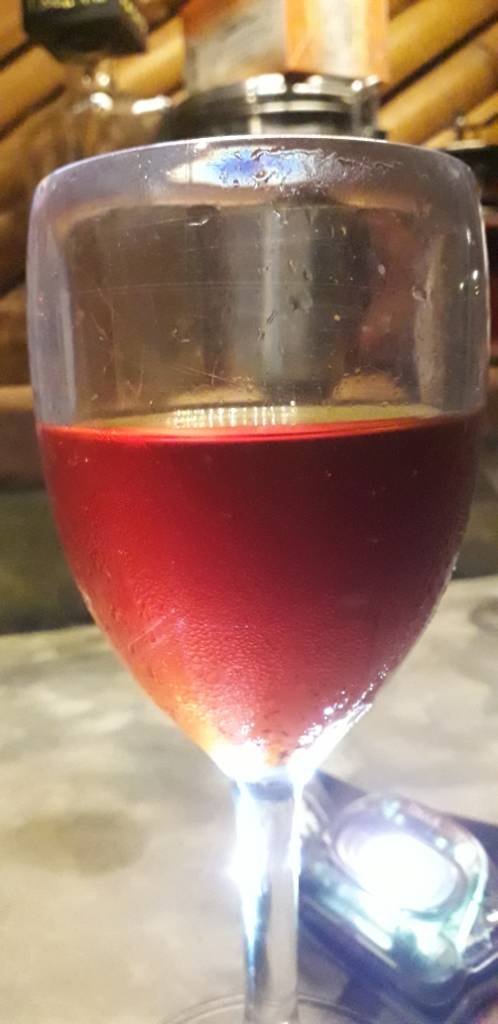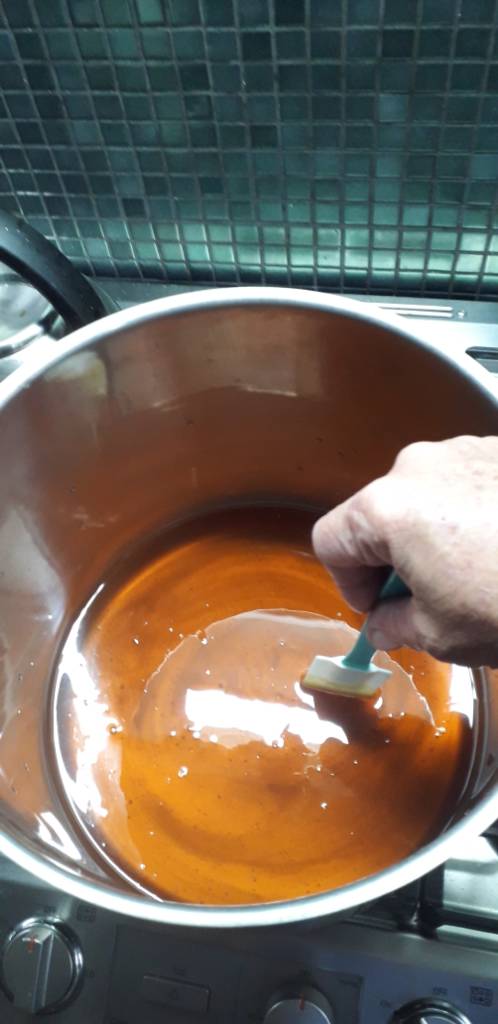Curtis2010
Well-Known Member
- Joined
- Dec 6, 2011
- Messages
- 1,875
- Reaction score
- 640
...
I had a couple of thoughts:
- Many folks warned about volcanoes of honey after boiling and adding water. Why not try it the other way round? - Add the hot Honey to your water. (Chemists for obvious reasons never add water to acid they always add acid to water.)
...
The acid/base analogy works...pour hot honey into water, no problem.
Today I put about 3 gallons of water in a keg. Boiled 13.5lbs of honey and poured it in without incident. Topped up with more water.


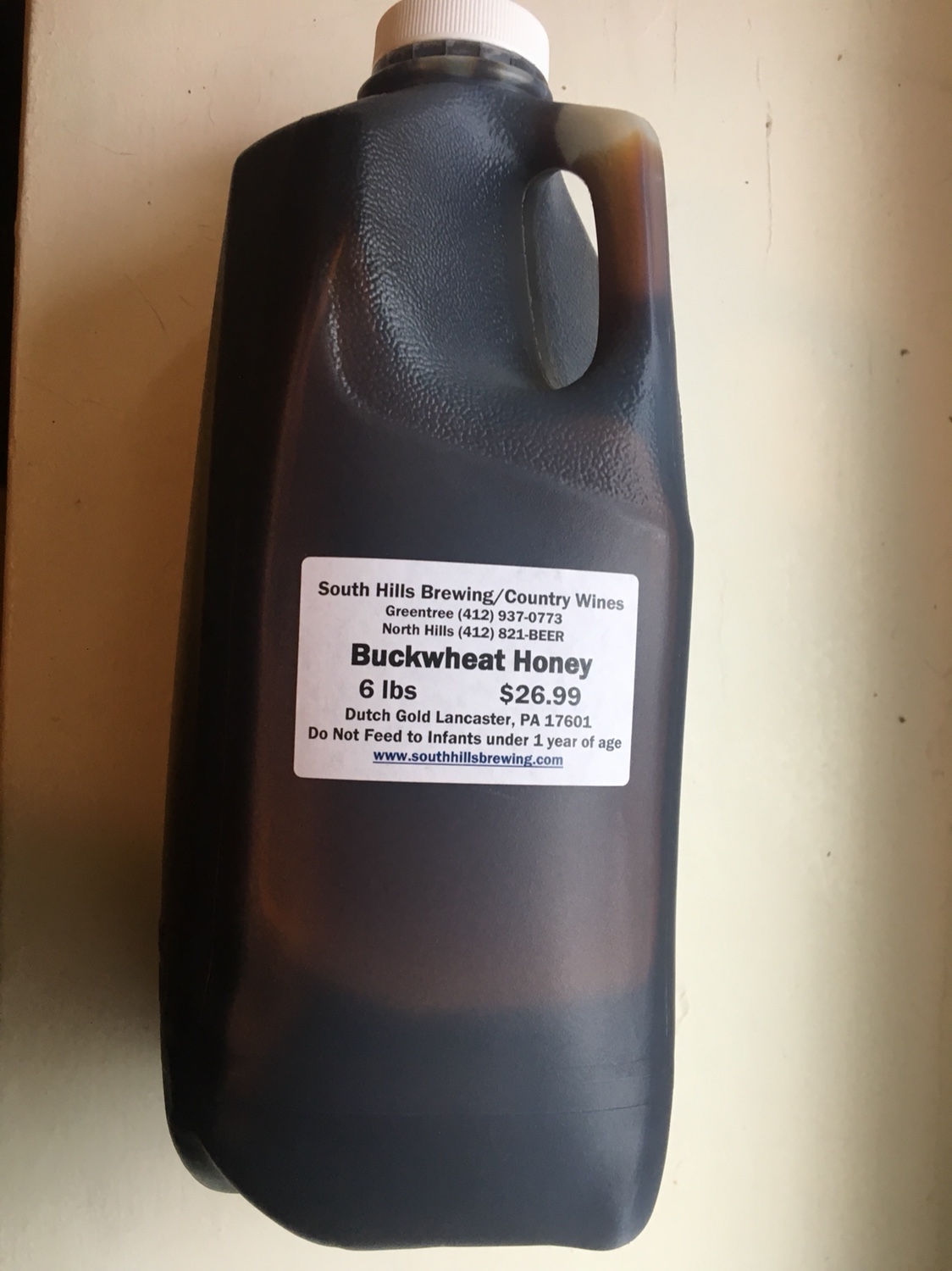



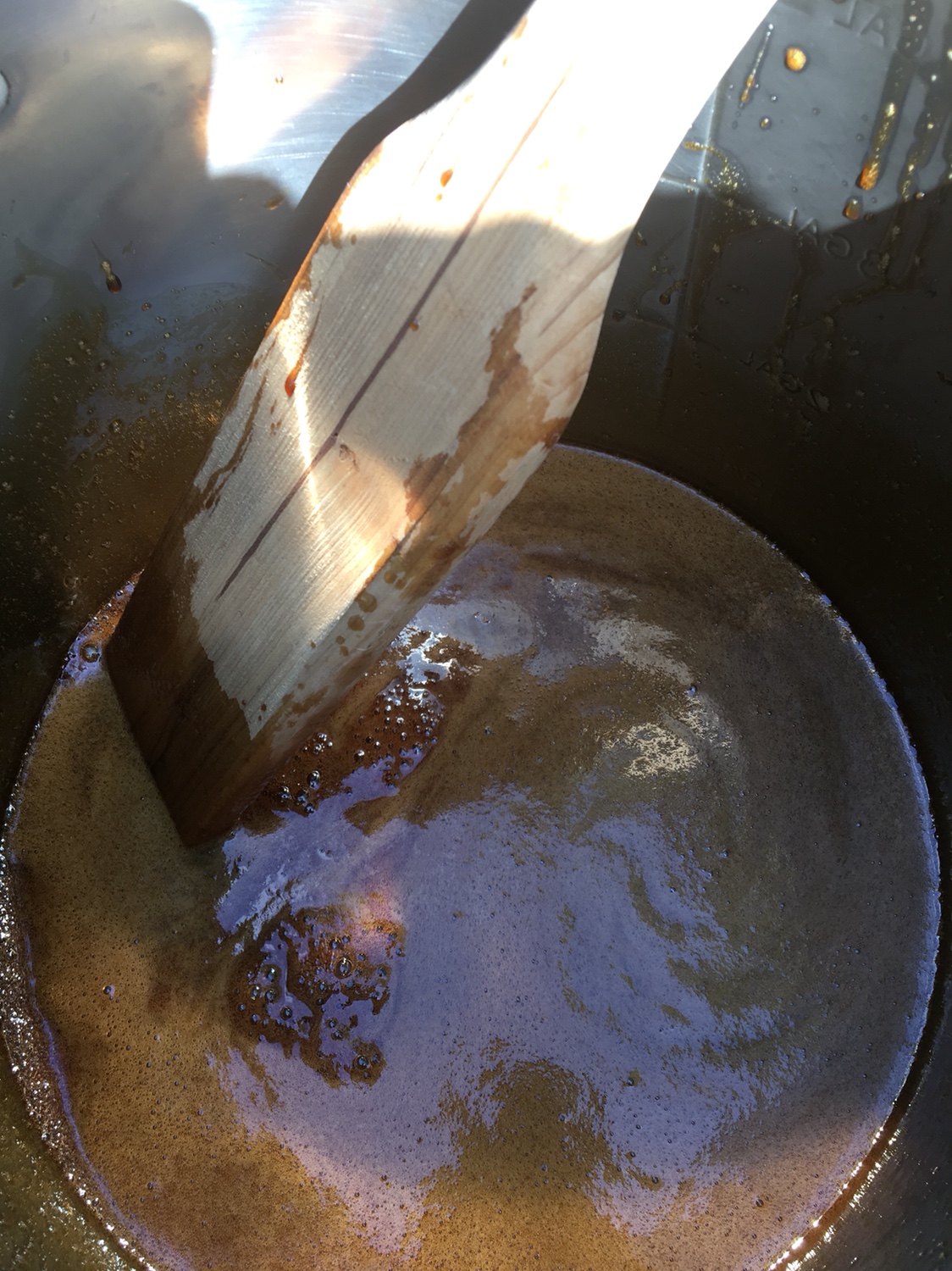



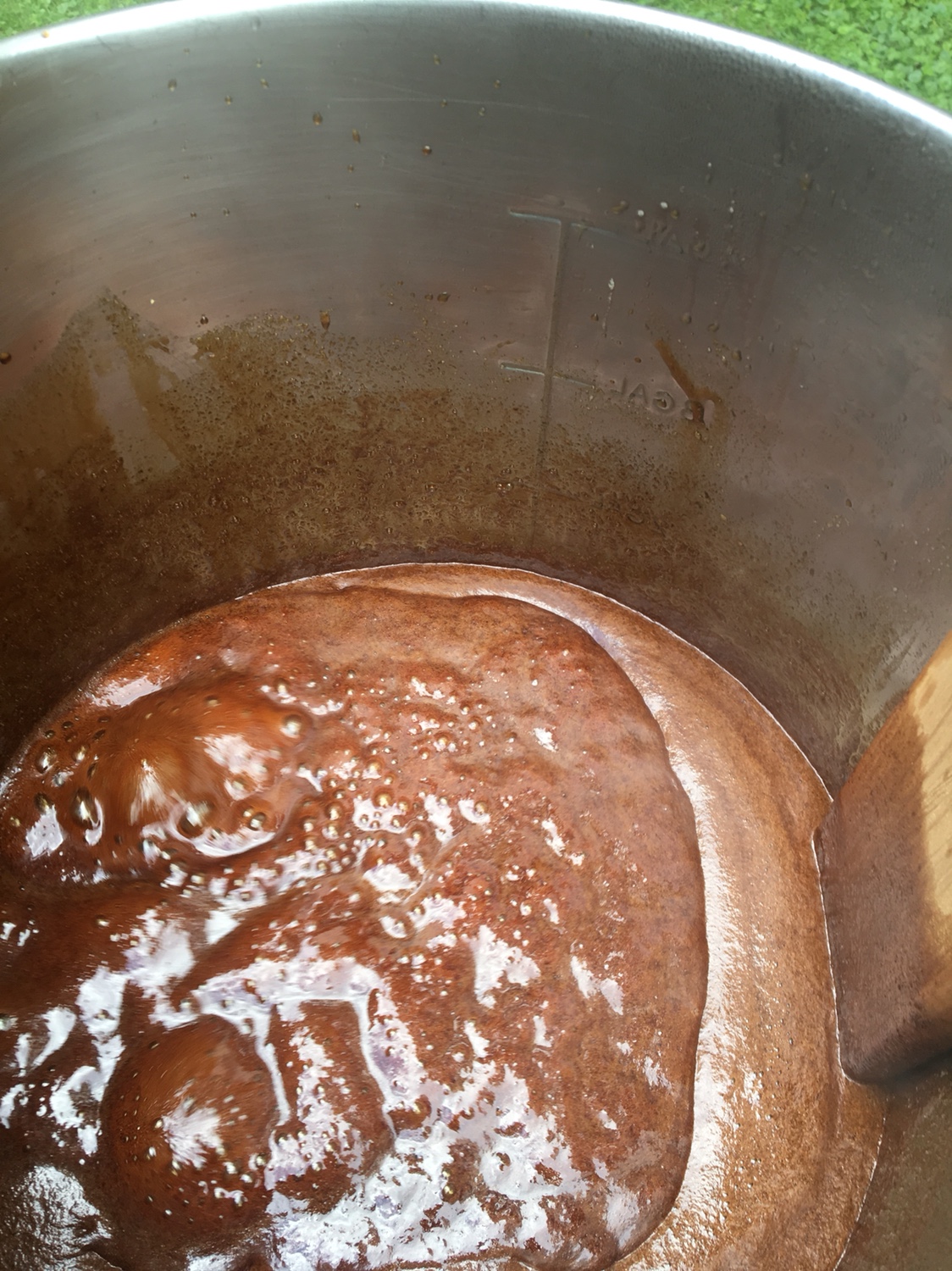

















![Craft A Brew - Safale BE-256 Yeast - Fermentis - Belgian Ale Dry Yeast - For Belgian & Strong Ales - Ingredients for Home Brewing - Beer Making Supplies - [3 Pack]](https://m.media-amazon.com/images/I/51bcKEwQmWL._SL500_.jpg)







































